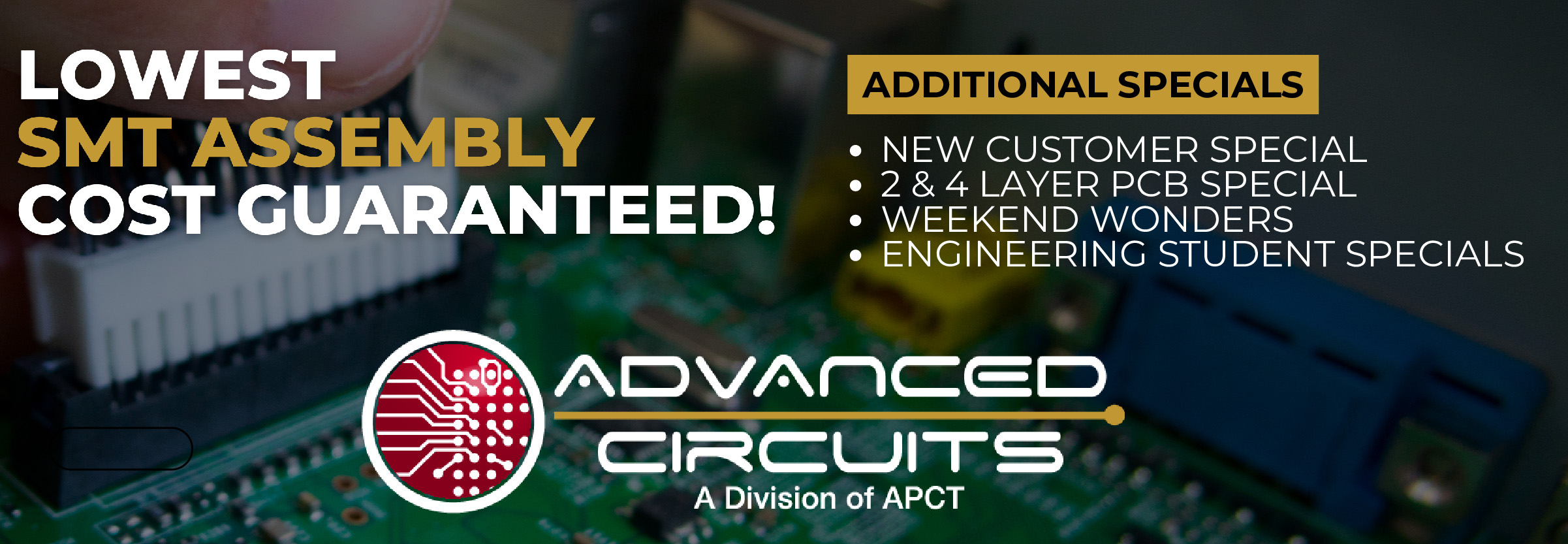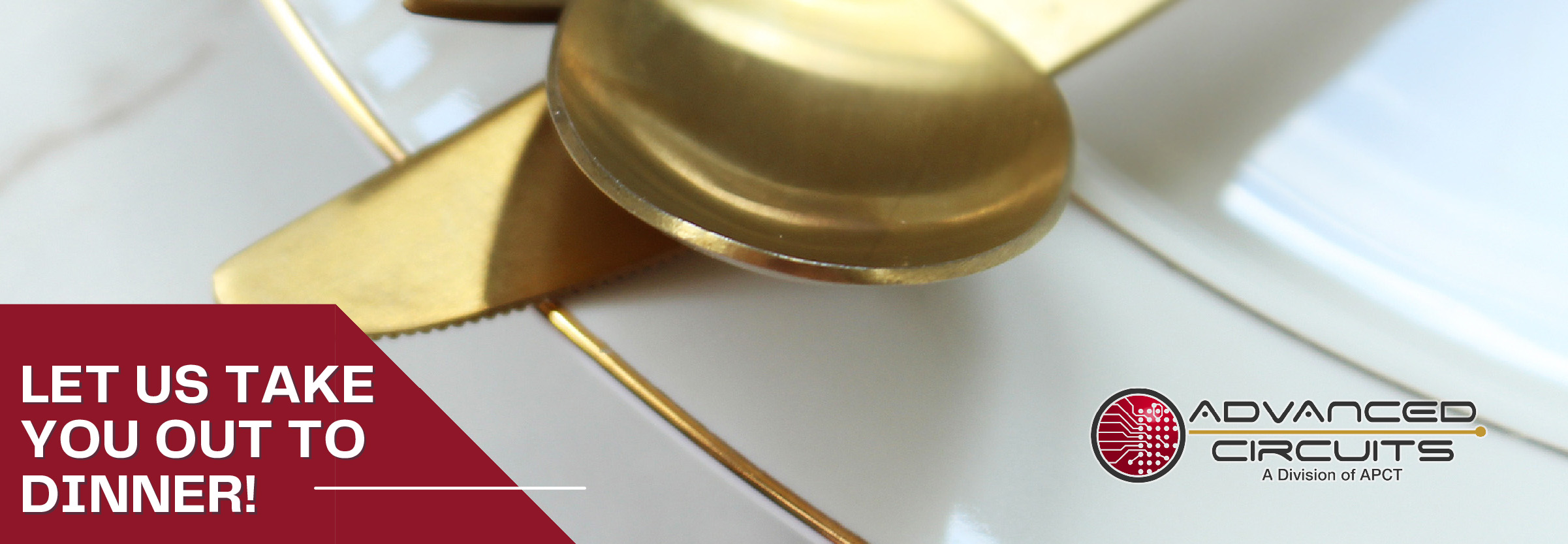Key Questions to ask yourself when buying a lead free printed circuit board:
What temperatures and duration does the PCB laminate need to withstand in order to survive lead free processing?
Before placing a printed circuit board order, buyers should know the maximum temperature and maximum time their PCB assembly process requires. This information will depend on your solder process and your lead free alloy processing temperature. The time is accumulative, so if you wave solder a part for 5 seconds, reflow it for 8 seconds and then rework it for another 5 seconds you will have a total of an 18 second excursion. Temperature thresholds typically being referenced are T-260 and T-288 ratings. These are the times it would take for a sample to delaminate at either 260° or 288° C constant temperature.
Click Here for Laminate Options
What final finish is desired?
There are a number of options – often the choice will be dictated by the printed circuit board designer, however when the opportunity arises to choose a finish you must be aware of the issues surrounding each.
Click Here for Final Plating Finish Options
The chart above is a simple quick reference - there are a number of factors that may make one finish better for a particular part number or assembly operation. Certainly experience and expertise of the processing organization will figure in to the mix.
What are the Dielectric and Impedance values of the printed circuit board design?
Boards designed for specific dielectric attributes of most FR4 laminates may not function correctly when placed on higher thermal capacity materials. It is important to understand the function of the board and that a laminate or a final finish change could alter the designer’s intent. As an example, a typical mid range Tg laminate has a Dk of 4.25 at 1GHz while a high temp material from the same manufacturer is at 4.6. The Df ranges from 0.016 to 0.023 on the higher thermal capacity material. If you have questions about the direction to go, consultation with the designer is a must.
Will the current board PCB design need to be changed?
Most current designs will be adequate for initial processing but should be reviewed for any possible assembly processing issues. New board designs should take the new processing into consideration. Smaller boards have fewer temperature issues than larger ones with high layer counts. Consider the number of processes your board will need – for instance surface mounts on both sides require two thermal process excursions. Look at your component list - are all components in the design available as ROHS compliant items? Do they require longer soak or processing times? What else is available?
How soon can I get the boards that I need?
Many manufacturers may have issues processing your order in time. There could be issues with out-sourcing your final finish, they may not stock the laminate that you need or they might not even be able to produce RoHS compliant product. Normally the processing of a RoHS board is not appreciably longer than a “normal” board. Advanced Circuits is able to provide “quickturn” solutions for your lead free needs just contact your sales representative.
What will the boards be used for? Are you in the testing phase or the production phase?
If you are just beginning to test your processes you may be able to reduce your costs by having prototype boards manufactured on the less expensive, lower thermal capacity laminates. You could even consider using a less expensive final finish on boards that are truly process prototypes. You might even consider trialing different final finishes using the lower Tg laminates. Once you reach production runs, obviously you need to make sure you’re using the proper laminates and finishes required.
What additional information should be added to fabrication documentation to ensure that the boards will come back RoHS compliant?
- First, add a statement that either lists the 6 offending elements or “manufacture/fabricate to meet the EU RoHS Directive”
- Second, state the type of material you need using the IPC-4101 spec sheets and list any tolerances you expect the material to meet
- Or you could list a preferred laminate by manufacturer & name and add “or equivalent”
- Ask for certification that the board is RoHS compliant and for traceable markings if they are not already present on the boards
The same requirements should be added to your purchase order.













